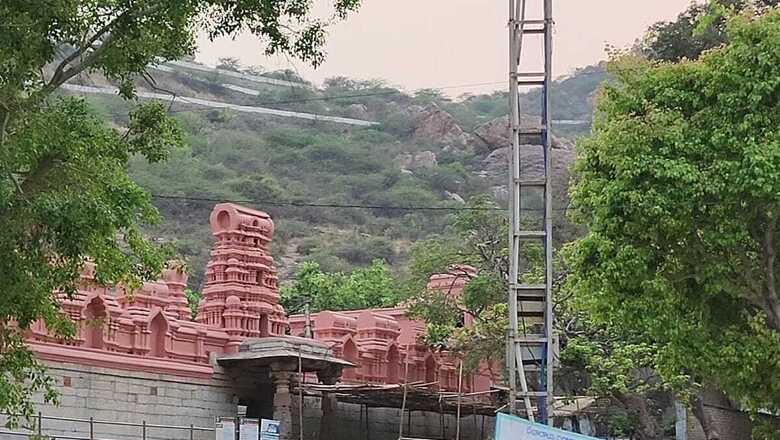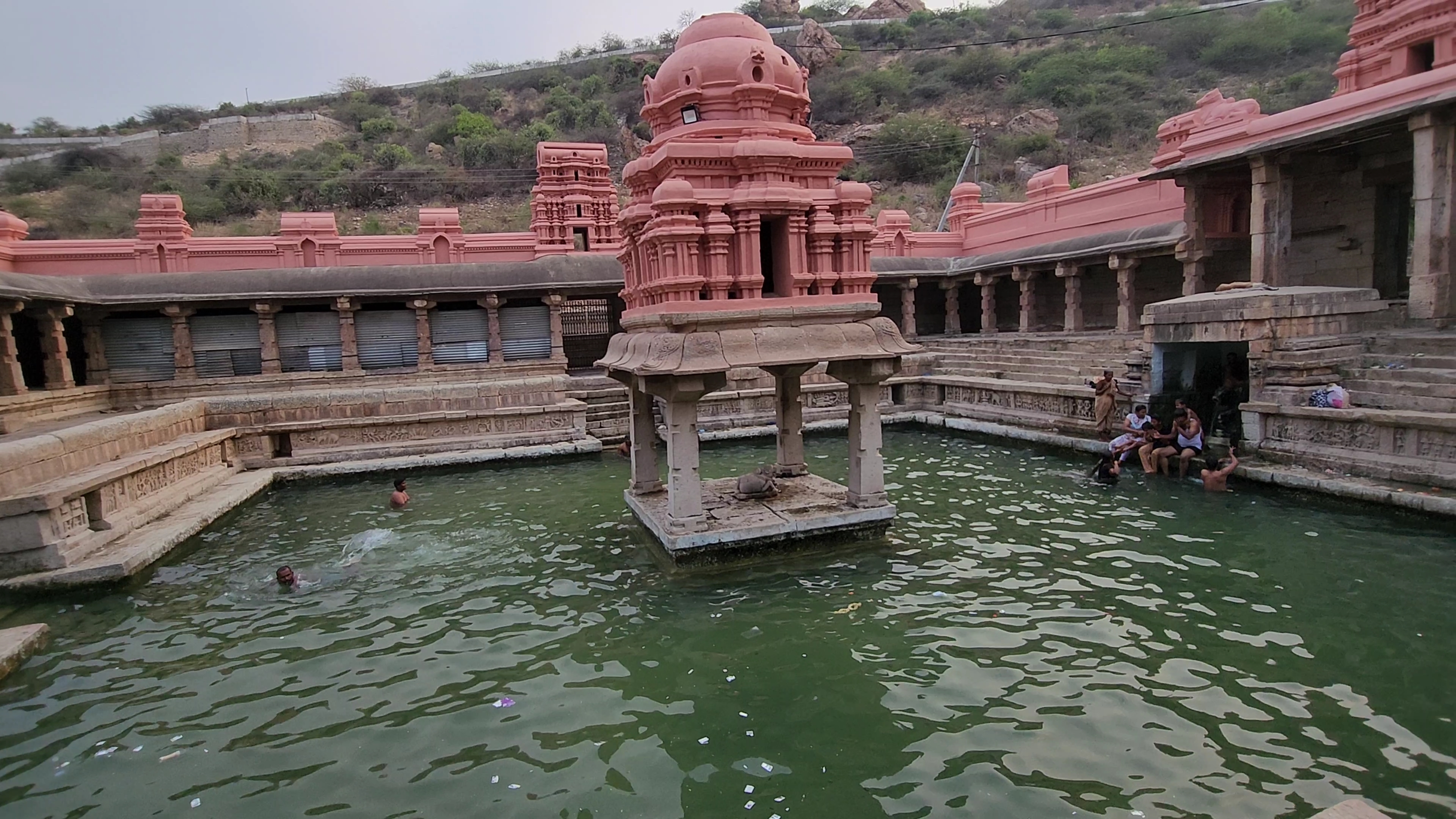
views
The constant level of water at a particular elevation in the temple tank around the calendar, ever-growing sacred bull statue and no caws of crows are the mysteries of the Yanganti Temple which is located in a lush greenish area in the middle of the mountains. The Yaganti Temple lies in the Kurnool district of Andhra Pradesh. The temple is also known as the Sri Yaganti Uma Maheshwari Temple and is dedicated to Shiva. The temple has been built according to Vaishnavite tradition. The temple houses the combined idol of Shiva and Goddess Parvati – Ardhanareeshwara.
It is believed that Sage Agastya wanted to build a temple for Lord Venkateswara at this site. However, the statue that was made for the temple could not be installed as the idol’s toenail broke. Upset by this, the sage decided to perform penance. Pleased by his penance lord Shiva appeared in front of the sage and asked him to build a temple for himself as the place of the temple is like the Kailasa. Then sage requested a statue of Goddess Parvathy and it was granted to him. Then a temple for Lord Shiva and Goddess Uma Maheshwari was built.



Why are crows absent from this temple premises?
Crows are conspicuous by their absence at the Sri Uma Maheswara Temple. No crows have been seen at this cave temple since time immemorial. Legend has it that a sage cursed the species after being disturbed while in deep meditation. The temple authorities say that the story could have been about Sage Agastya. It is said that Agastya, one day, when he was meditating, a pack of crows descended on the region and started cawing loudly. This disturbed his penance. Irritated by the sound, Agastya cursed the crows and said that they could not hover around Yaganti. Since then, no cawing can be heard at the temple.
The Yaganti temple has been frequented by sages and common folk who wish to cultivate the habit of living righteously. They believe that misfortunes will vanish from their lives with the darshan of Yaganti Uma Maheshwara. There are several cave temples adjacent to the main temple in Yaganti. The Agastya Cave is believed to be the place where Agastya performed penance to receive Lord Shiva’s blessings. The Venkateswara Cave is another one of the caves in the region. Locals believe that the idol of Lord Venkateshwara found in the cave is much older than the idol at Tirupati. The Veera Brahman Cave is believed to be the place where Potuluri Veera Brahmam, popularly known as India’s Nostradamus, wrote some chapters of his book of prophecies – the Kala Gnanam.
There are many elusive mysteries in Yaganti Umamaheswara Swamy Temple, one such is the ever-growing bull statue that is carved out of stone. This is called Nandhi, the vehicle of Lord Shiva. Can rocks have life? Do they grow into rocks like humans? But it is said to be true in Umamaheswara Swamy Temple. The statue of Nandi there is growing every year. It does not have an “Andi” at the End. According to the locals, bull will grow to the highest level in Yaganti. Locals say that the Nandi idol, which was initially small, has grown in size and is now occupying the temple premises. Many intellectuals and scientists have researched it, but it remains an elusive mystery. In the end, scientists said that this stone tends to grow, that’s why it grows at the rate of one inch every 20 years. But the devotees who come to the temple believe that all this is due to Lord Parameshwara Leela and therefore Nandi keeps increasing in its size gradually.
Here is another amazing mystery of Yaganti
There are five water springs in the ground below the main Shiva Lingam in the sanctum sanctorum of the Yaganti temple. Through these springs, the water flows from the main temple to the Temple tank that is located in the middle of the Raja Gopuram. Water continues to flow from below the lingam, but where it comes from is still a mystery. The water from there flows out through two holes in front of the gopuram. This water flows only 16 acres outside the temple and beyond that water cannot be used for irrigation. This also remains another mystery.
In India, many temples defy scientific laws and one such temple is the Yaganti temple. Shiv Devotees should visit this mysterious temple at least once to worship Lord Shiva and enjoy the lusty green atmosphere.

















Comments
0 comment